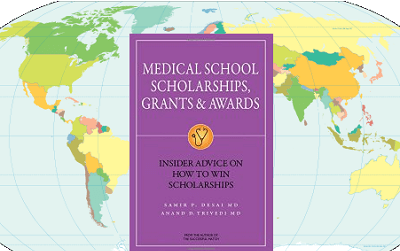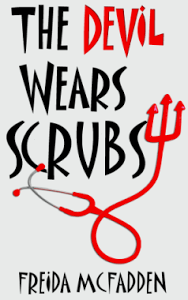Availability of student-doctor loans for medical students and residents
Many private loans for medical school are available to medical students given their earning potential, and equally importantly, the fact that few students leave medical school before getting their MD. These can often be treated as physician loans or student-doctor loans.
Borrowing limits vary by lender, but most offer up to “full-expense less aid,” and “full-expense” can sometimes defined rather liberally. Individual lenders, such as Citibank and Sallie Mae, set the interest rates – but rates often track within a couple of points of the prime rate, and depend on the duration and terms of the loan.
In addition, there are unsubsidized Stafford Loans available to medical students. This particularly important since HEAL student loans (Health Education Assistance Loans) are no longer available, having been phased out starting in 1998.
Medical Student Loan Debt
Medical student and young physician loan debt, especially high-interest rate debt, is a growing problem. The AAMC (1) recently reported that over the past two decades, the cost of private medical schools has risen 165% and the cost of public medical schools has gone up 312%. A similar study by the AMA (2) found that medical school costs have been increasing at a faster clip than inflation. On average, medical students graduate with about $100,000 in debt.
Compound this with slow physician salary growth, young physicians are faced with increasing difficulty in paying their college student loans and medical student loans.
All medical schools now recognize this problem. The LCME asks every medical school how they intend to reduce medical debt during their regular re-accredition process. This medical schoo feel pressure to either reduce costs or find creative ways to help students finance their debt.
Effects of outstanding student loans
Like any debt, student and young physician loans can influence your credit and your future decisions. Students who borrowed a substantial amount for college (more than $5000) are less likely to pursue higher education (3). In addition, student loans that exceed 8% of your income can be seen negatively when your credit gets assessed for future loans.
Two ways to reduce the debt burden are: 1) reduce or eliminate the principal balance. Specific types of loans can sometimes be forgiven by service or other higher education – look into the specific student loan program you have. 2) Reduce your monthly payment. Since debt burden is measured by comparing your loan payment to your income, reducing your payment helps your credit evaluation.
References and Links
- Medical School Tuition and Young Physician Indebtedness. AAMC, 2004
- Medical School Debt. AMA, 2004
- National Center for Education Statistics



